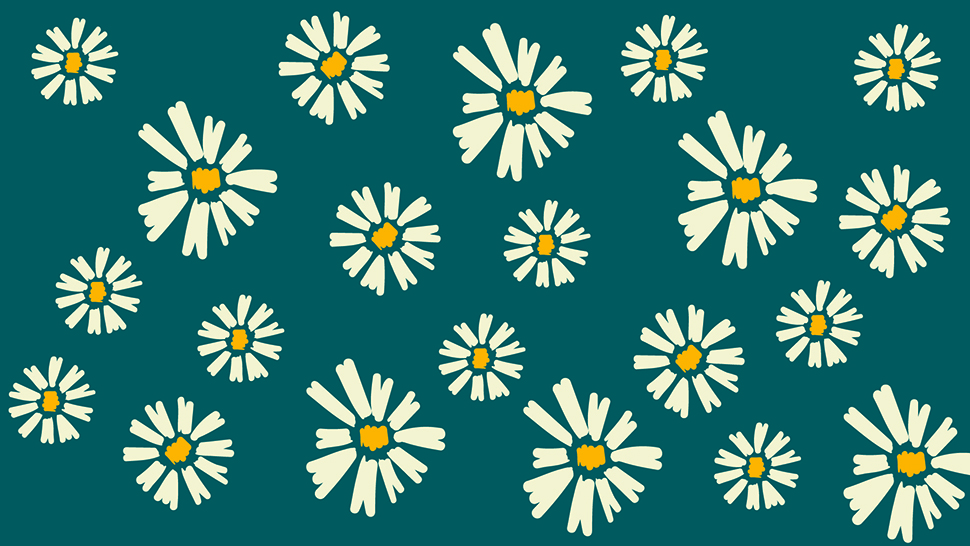
Thousands of years ago, the corn we know and love today looked wildly different. What began as a wild native grass with only a dozen tough kernels has since blossomed into a nutrient-rich staple crop around the world following centuries of domestication by Indigenous civilizations in the Americas.
For Native Peoples in Mesoamerica, corn was considered a sacred grain, a gift from the gods, and a source of life. Maize was more than just a staple food but helped inform a rich spiritual and cultural identity that lives on to this day. For generations, Indigenous communities have evolved together with corn, hand-selecting for more suitable and adapted traits for human use and consumption, which concurrently shaped their oral histories, spiritual practices, and social structures.
The versatility of corn products is unmatched, used in tortillas and tamales, processed to make hominy, and more. All of these corn products share a key process called nixtamalization, which can be traced back to the Aztec, Inca, Maya, and other Native American civilizations. When ripe kernels are soaked in an alkalized solution of water and mineral lime or calcium hydroxide, the corn grains are transformed. This process helps to break down the outer skin, which enhances the flavor, dramatically increases the nutritional value, and makes it much easier to grind into masa, a nixtamalized corn flour that is used to make an endless list of essential traditional foods across Central and South America.
Given the threat of homogenization of our increasingly industrialized food system, the biodiversity of heirloom corn varieties is at risk. There are over 150 distinct varieties of corn in Central and South America, whose ongoing viability is threatened due to the homogenization of agribusiness and monoculture . Thanks to the devotion of communities and organizations working to protect these special and diverse corn varieties, we can continue to honor and enjoy the rich history of corn for generations to come.